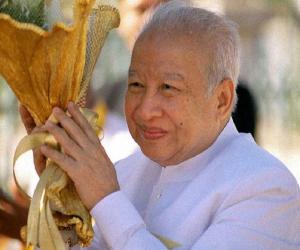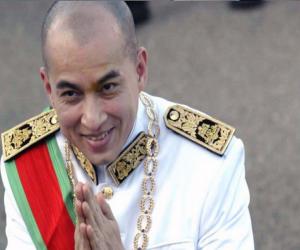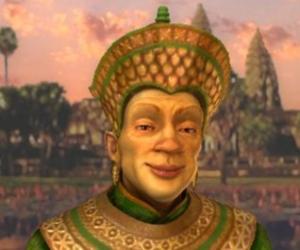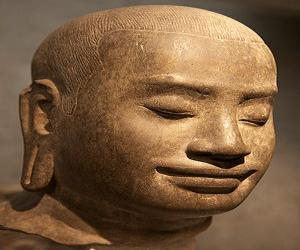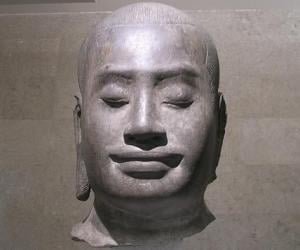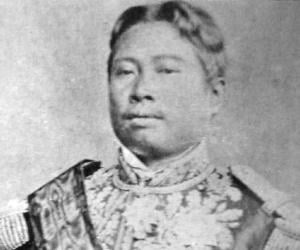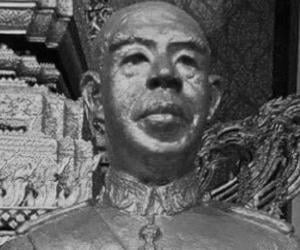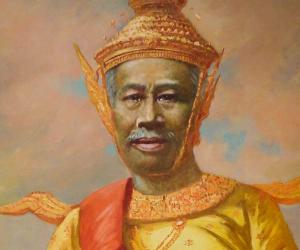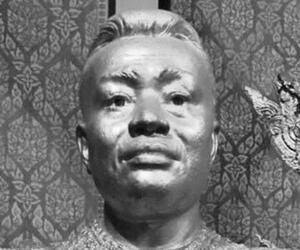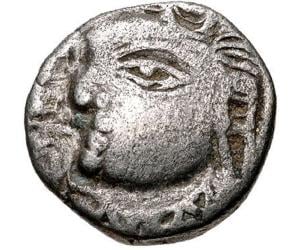1
Norodom Sihanouk
(Former Ruler of Cambodia)
Birthdate: October 31, 1922
Sun Sign: Scorpio
Birthplace: Royal Palace, Phnom Penh
Died: October 15, 2012
Norodom Sihanouk was a prominent figure in Cambodian history, serving as King, Prime Minister, and Chief of State. He led Cambodia through various political regimes, including French colonial rule, a military republic, and communist-backed governments. Sihanouk played a key role in securing Cambodia's independence from France, forming political organizations, and resisting foreign influence. Despite his controversial alliances with the Khmer Rouge, Sihanouk is remembered for his contributions to Cambodian independence and his efforts to shape the country's modern history.
